TMH Study Finds New Tool Could Help Heart Patients Recover Stronger
October 1, 2025Categories: Heart & Vascular, Research
TALLAHASSEE, Fla. – A new study from Tallahassee Memorial HealthCare (TMH) shows that using bioelectrical impedance analysis (BIA) in cardiac rehabilitation may give patients a better chance at rebuilding strength and improving long-term health after a heart event.
The research team – led by David W. Smith, MD, cardiologist at TMH Physician Partners, Services by Southern Medical Group, along with Nancy Cenedella, RN, MSN, and Sara Lirosi, BS – evaluated 106 patients enrolled in TMH’s 36-session Cardiac Rehabilitation Program. Traditionally, healthcare providers use Body Mass Index (BMI) to estimate a person’s body fat based on height and weight. While BMI is quick and easy, it cannot differentiate between muscle and fat and may miss hidden risks such as low muscle mass or high visceral fat.
To gain a more precise understanding, the team used BIA, a non-invasive tool that sends a safe, low-level electrical current through the body to measure body composition. BIA provides detailed information on fat mass, muscle mass and water content, allowing clinicians to calculate fat-to-muscle ratios and identify patients who may be at higher cardiovascular risk even if their weight appears normal.
Unlike BMI, which offers a general snapshot, BIA allows clinicians to personalize exercise and nutrition plans, track meaningful progress in muscle gain and fat loss, detect hidden cardiovascular risks, and keep patients motivated through measurable results.
“Recovering from a heart attack, surgery or other major heart event can be overwhelming,” said Dr. Smith. “Our goal is to give patients the best tools to regain their strength and quality of life. BIA helps us see beyond the scale and provide more personalized care.”
The study found that while patients benefited from the program, only about one-third showed measurable improvements in fat loss or muscle gain. The research team say this highlights the need for longer rehab programs, more strength-based training and greater nutrition support.
“Every patient’s journey is different,” said Cenedella. “BIA gives us a clearer picture of what each person needs so we can provide more personalized support during rehab.”
For patients, this could mean care plans designed around their unique body composition, with exercise and nutrition guidance tailored to support long-term recovery.
“These findings give us tools to guide patients toward lasting improvements in both heart health and overall wellness,” said Lirosi.
The study was supported by the TMH Foundation and the Kathleen and David Smith Cardiology and Lifestyle Medicine (CALM) Fund.
